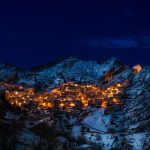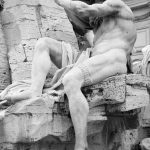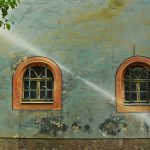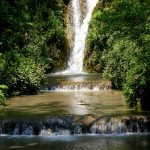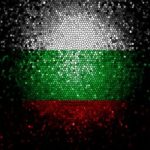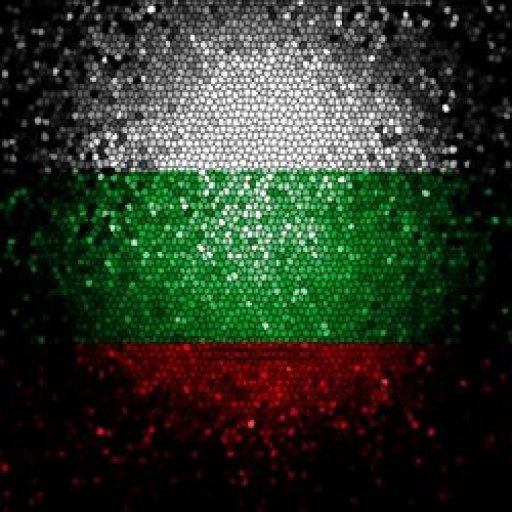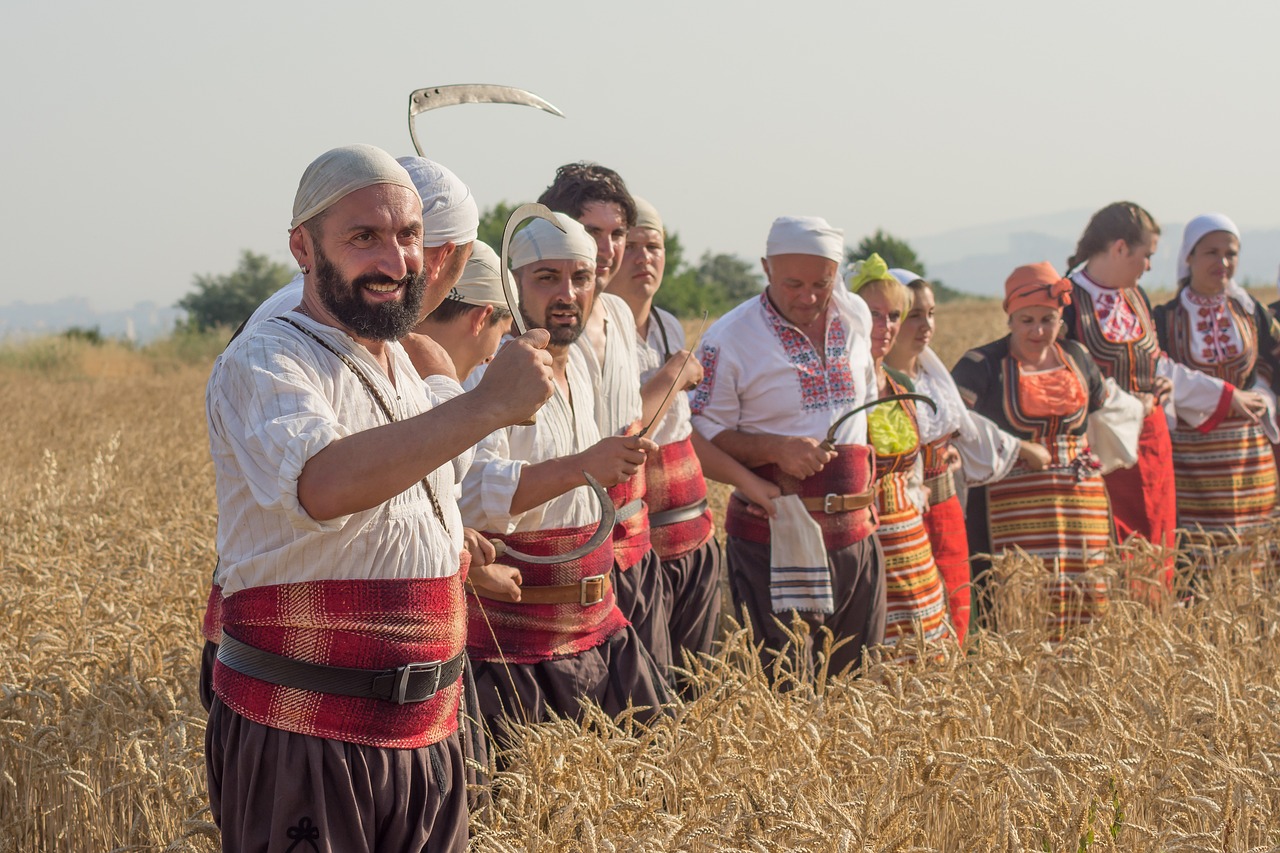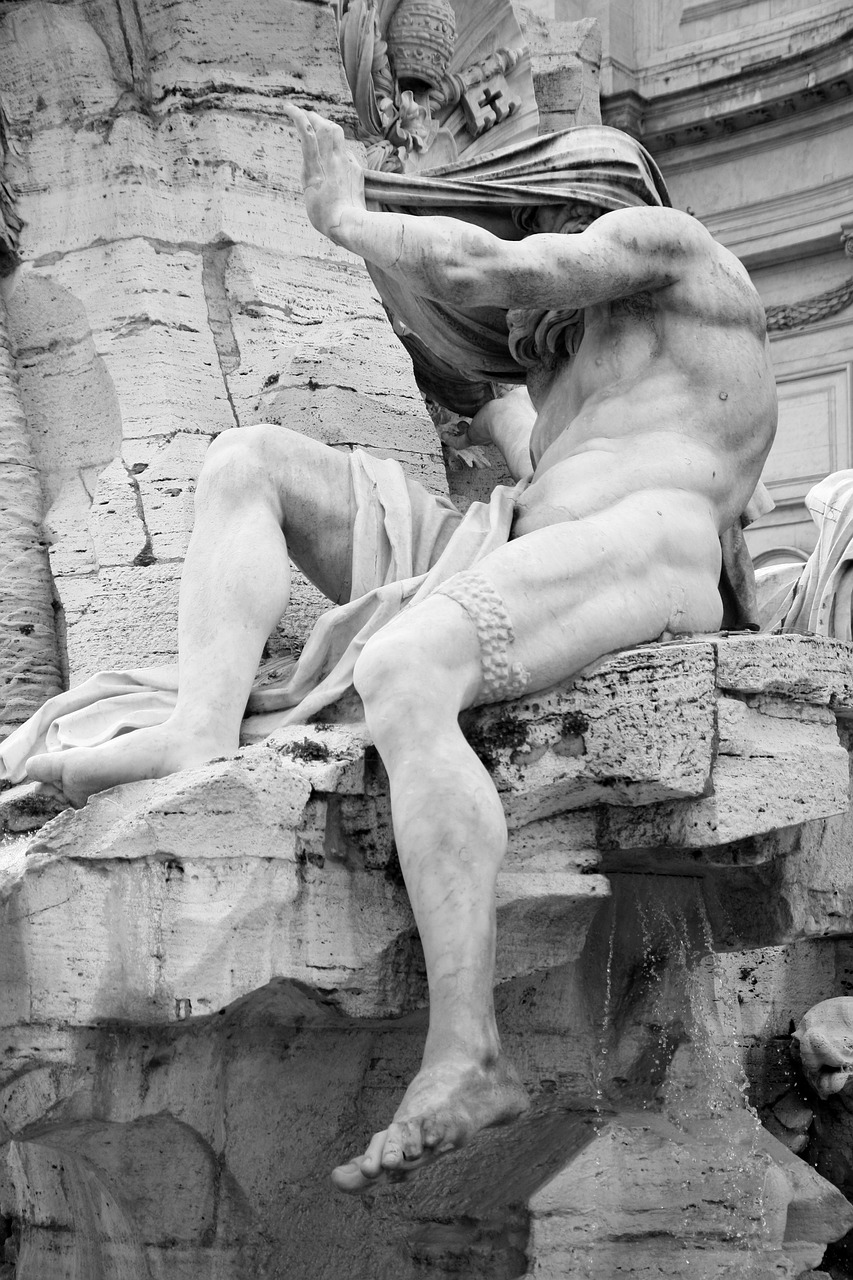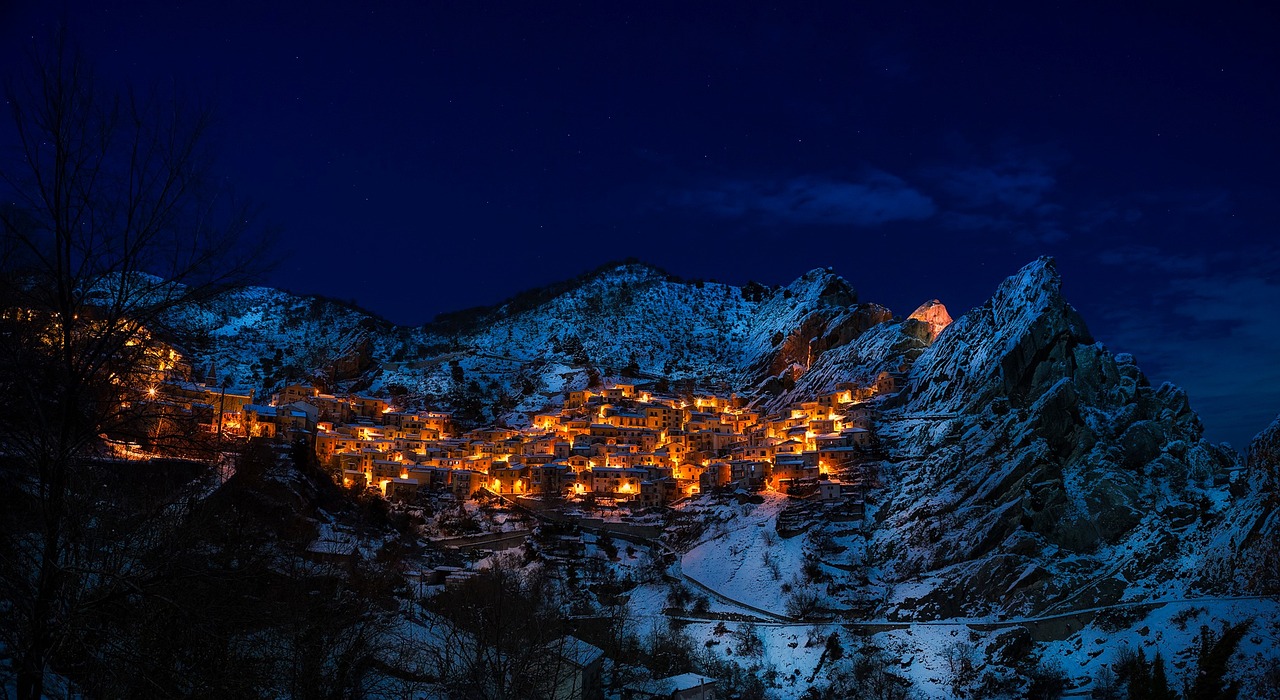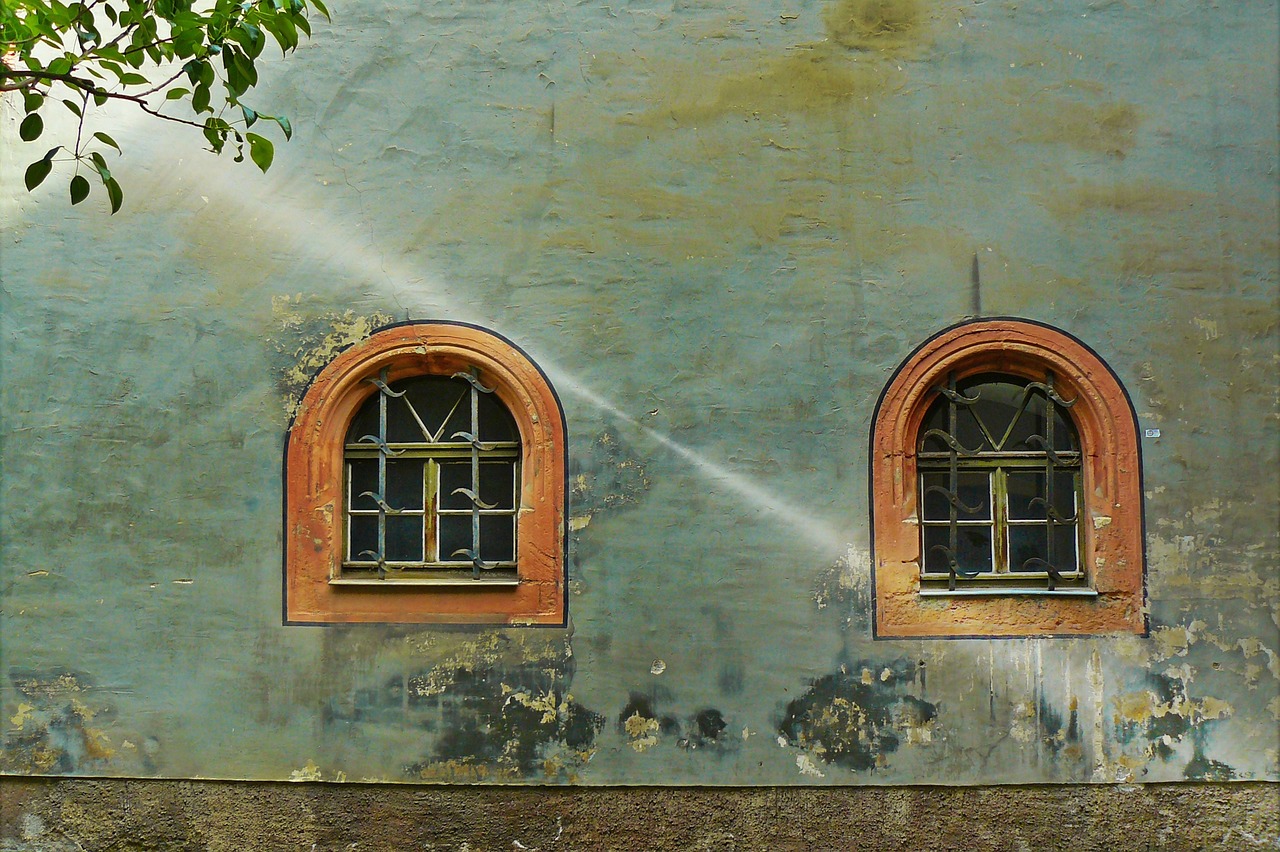In the town of Sliven, Bulgaria, lies a treasure trove of historical and cultural significance waiting to be explored. From the ancient relics at the Regional Historical Museum to the industrial heritage showcased at the Museum of Textile Industry, Sliven offers a journey through time like no other.
Imagine walking through the halls of the Regional Historical Museum, where original monuments of global significance transport you back in time. From Neolithic artifacts to medieval jewels, this museum is a testament to the rich and diverse history of the Sliven region. And just a short distance away, the Pantheon in Kotel stands as a well-preserved historical site, offering a glimpse into the vibrant heritage of Kotel.
But it doesn’t end there. The Museum of Textile Industry adds another layer to Sliven’s cultural tapestry, highlighting its industrial past and providing valuable insights into the local history. Together, these attractions form the "Treasures of Sliven," a captivating exploration of a town that holds the key to understanding Bulgaria’s fascinating past. So come, delve into the richness of Sliven’s history and cultural heritage, and experience a journey of discovery that will leave you inspired and enlightened.
Key Takeaways
- The Regional Historical Museum of Sliven is one of the oldest institutions in the town, established in 1913 and located in a beautiful building on the main street.
- The museum’s renovated exposition titled ‘Treasures – Museum – Memory’ opened in 2008 and includes original monuments of global significance related to the life of the Sliven region from the Neolithic Age to the present day.
- The museum exhibits a wide range of artifacts arranged according to a collection principle, including marble and bronze statuettes from Roman times, objects and jewels made of bone from Antiquity to the Middle Ages, and a collection of labor tools showcasing craftsmen and agrarian tools from that era.
- The museum also houses a unique collection of guns from the age of Revival, including the sword of Panayot Hitov, as well as finds from the Valley of the Thracian Kings, such as luxurious ceramic pots, tombstone gifts, and golden artifacts.
Regional Historical Museum
The Regional Historical Museum in Sliven, established in 1913, is a significant institution that showcases original monuments of global significance related to the life of the Sliven region from the Neolithic Age to the present day. The museum is located in a beautiful building on the main street of the town and is one of the oldest institutions in Sliven. Its renovated exposition titled ‘Treasures – Museum – Memory’ opened in 2008, and it includes a wide range of artifacts arranged according to a collection principle. The first floor exhibits marble and bronze statuettes from Roman times, as well as objects and jewels made of bone from Antiquity to the Middle Ages. The museum’s architectural significance adds to its appeal, making it a must-visit destination for those interested in Sliven’s historical artifacts.
Pantheon in Kotel
Located in the town of Kotel, the Pantheon serves as an important historical site and a representation of the rich heritage of the area. The Pantheon holds both architectural and historical significance. As a well-preserved historical site, it offers visitors a glimpse into the past and provides educational experiences. The architectural significance of the Pantheon lies in its design and construction, showcasing the craftsmanship of the time. The historical significance of the Pantheon stems from its connection to the local heritage and its role in preserving the history of the area. This attraction plays a vital role in the local economy by attracting tourists from all over, who come to explore and appreciate the cultural and historical treasures of Kotel.
Museum of Textile Industry
Situated in the town of Sliven, the Museum of Textile Industry showcases the industrial history of the area and provides valuable insights into the local economy and its development. The museum offers a comprehensive view of the industrial revolution that took place in Sliven, focusing specifically on the textile production. The exhibits highlight the various stages of textile manufacturing, from the early hand looms to the introduction of mechanized production during the 19th century. Visitors can explore the evolution of textile machinery, including spinning and weaving equipment, as well as the different types of fabrics produced in Sliven. The museum also delves into the social and economic impact of the textile industry on the local community, shedding light on the working conditions and the role of women in this sector. Overall, the Museum of Textile Industry provides a fascinating exploration of Sliven’s industrial past, offering a deeper understanding of the region’s economic development.
Frequently Asked Questions
What is the entry fee for visiting the Regional Historical Museum in Sliven?
The entry fee for visiting the Regional Historical Museum in Sliven is not provided in the given information. However, the museum offers textile workshops, which provide educational experiences and insights into the local history of Sliven.
Are there any guided tours available at the Pantheon in Kotel?
Guided tours are available at the Pantheon in Kotel. These tours offer visitors the opportunity to explore the well-preserved historical site and gain educational experiences about the rich heritage of Kotel.
Can visitors try their hand at textile weaving or other textile-related activities at the Museum of Textile Industry in Sliven?
Visitors to the Museum of Textile Industry in Sliven can engage in the captivating art of textile weaving through textile workshops. These workshops offer a hands-on experience, allowing visitors to immerse themselves in traditional crafts and gain a deeper appreciation for the local heritage.
Is photography allowed inside the Regional Historical Museum in Sliven?
Photography is allowed inside the Regional Historical Museum in Sliven. However, it is subject to the museum’s policy, which may include restrictions on flash photography or the use of tripods. Admission to the museum is required.
Are there any special events or exhibitions held at the Pantheon in Kotel throughout the year?
The Pantheon in Kotel organizes various special events and exhibitions throughout the year. Entry fees may apply, and guided tours are available. However, it is unclear if photography is allowed. The museum showcases the rich heritage of Kotel, including textile weaving.

